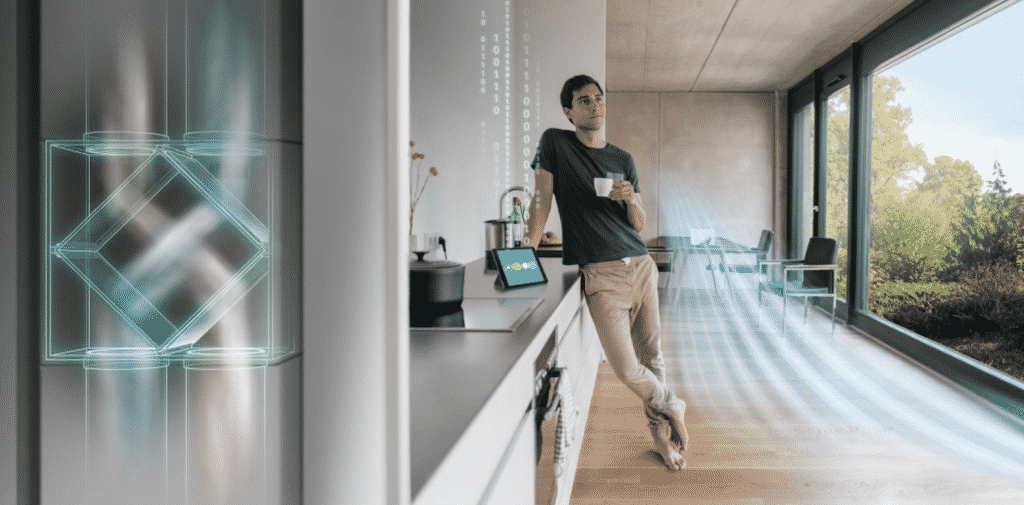Within your home, you want comfort, warmth, and peace of mind – things that aren’t always easy to have, despite the fact that the vast majority of homeowners desire them.
A heat recovery ventilation system – also referred to as a domestic heat exchanger – has many benefits within the home, chief of which is providing homeowners with the aforementioned attributes. As beneficial as they can be, however, not every home is suitable for installation as, for them to work most effectively, they require your home to be fully airtight and insulated to reduce the volume of heat loss.
To fully explore the benefits of a heat recovery ventilation system of your home, it’s essential to understand what it is and just how it works.
What is it and How Does it Work?
Primarily located in the attic or roof space of a home, a heat recovery ventilation system is much more complicated than simply extracting air from inside and replacing it with air from outside, as with many heat exchange units. Instead, this system collects stale, moist air from the environment – particularly damper rooms within the home – extracts heat from within it, and then mixes it with air filtered in from outside the property.
Separate pipes are required to complete this process to prevent cross-contamination, utilising air that already exists without the need for air generation, as with other heat units. Instead, they make use of the warm air or water in a property for the benefit of the occupants.
This system works independently of your normal heating system, with separate ventilation valves located within each room in the home to allow for a continuous flow of air supply from outside, leading to the transference of heat between the two airflow pipes.
In Your Home
In terms of being beneficial to you and your home, a major winning factor is that an investment in a heat recovery ventilation system – such as those installed by companies like BPCventilation.ie – can reduce your heating and energy expenditure, saving you money in the long-run.
Not only this, by removing the stale, moist air within the home – such as that often produced in bathrooms and kitchens – can reduce the proliferation of damp and mould, in turn reducing chest and breathing concerns such as asthma. Instead, clean, fresh, and filtered air is introduced to the home without the need for a noisy, dust-collecting extractor fan or the opening of windows, which cool down the whole house (especially during the winter months).
Furthermore, these types of ventilation units require very little maintenance, which is excellent in terms of time and overall cost!
Aiding the Environment
These types of systems are deemed beneficial for the environment due to the fact that they reduce the need for central heating throughout most of the year and utilise existing air from outside that is heated by the removal of warm, moist air in the home passing through a parallel pipe. All-in-all, this helps to lower your home’s carbon footprint, as it recovers between 85-95% of the already-existing heat in the home. Pretty handy, right?
Although they can take up a lot of room in the home, the fact that a heat recovery ventilation system reduces your heating costs, as well as your carbon footprint, makes this an excellent choice in your home to guarantee warmth, comfort, and peace of mind.
